In: photography

Wisconsin Death Trip | Michael Lesy, 1973
August 11, 2022Wisconsin Death Trip | Michael Lesy, 1973 (reprinted in 1991 by Anchor Books, and University of New Mexico Press in 2000)
Pause now. Draw back from it. There will be time again to experience and remember. For a minute, wait, and then set your mind to consider a different set of circumstances: consider those scholars and social philosophers who never knew that Anna Myinek had burned her employer’s barn or that Ada Arlington had shot her lover, but who nevertheless understood that something strange and extraordinary was happening in the middle of the continent at nearly the same instant that they sat in their studies, surrounded by their books. Such men did their best to understand what it meant, and in the process they tried to predict that future in which we are now enmeshed.
The only problem is how to change a portrait back into a person and how to change a sentence back into an event….The thing to worry about is meanings, not appearances.
I first became aware of Wisconsin Death Trip – the book by Michael Lesy and the James Marsh film it inspired, which I’m less impressed with – while reading Stephen King’s novella 1922, as King has mentioned it as inspiration. It’s one of those King stories that could be interpreted as flirting with the supernatural, but may, in fact, simply be everyday horror. 1922 tells the tale of an ignorant, greedy man on a failing, hardscrabble farm, who murders his wife and thus brings about the death of his beloved son (the ‘ghost’ of his wife returns, Banquo – like, to tell of this before his child’s body is even found). He survives only to suffer and regret, losing all he owned – and his hand, to infection – and is haunted, for years, by the rats that consumed his murdered wife’s body, that only he can hear, and suffers their chittering call and bites in the long dark nights until he takes his own life to escape….
Read more of Gazzola’s thoughts about Wisconsin Death Trip here.
Read More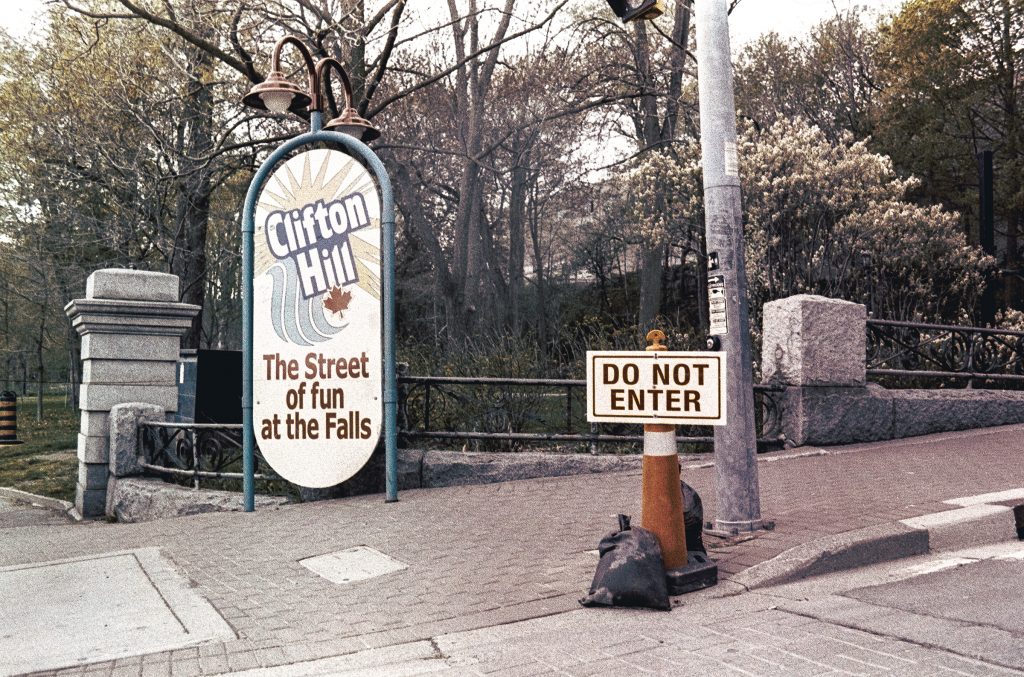
Necropolis | Jon Lepp
May 18, 2022Necropolis | Jon Lepp Necropolis | Jon Lepp, The Open for Business Series @deadendstories Photographs, [Virginia] Woolf claims, "are not an... Read More
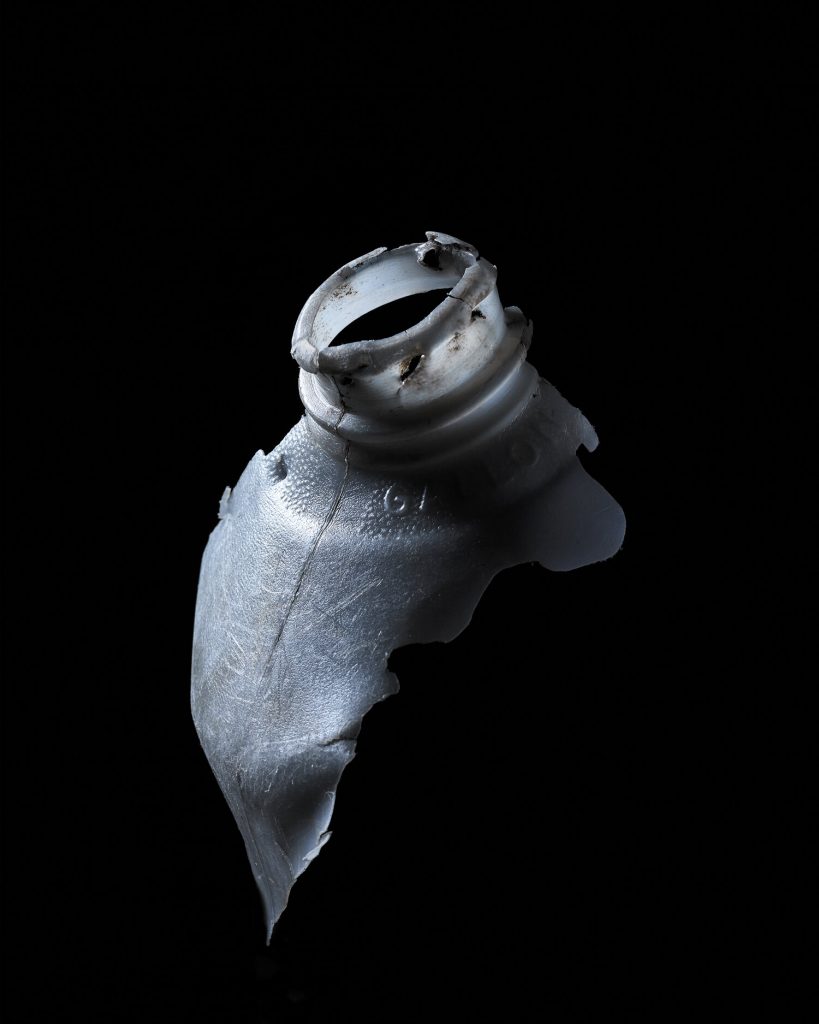
Jug Top, Lake Superior | John Healey
June 6, 2022Jug Top, Lake Superior | John Healey
“Plastic Beach is a set of still life images of plastic refuse discovered along the shores of the Great Lakes and key locations along the St. Lawrence river.
Here, discarded shopping bags, fragments of milk jugs, and crushed bottle caps — among other things — are reanimated to show us the carelessness with which we treat this habitat that is home to millions of creatures.
It reminds us of the cost of convenience, and serves as documentation of the relentless poisoning of the environment and ultimately ourselves.”
– J. Healey
John Healey was born in Toronto and grew up along the St. Lawrence River in Brockville, Ontario. Since 2015 he has devoted himself to lens-based image creation and education. John has just completed an artist in residency and is currently a full-time educator at the School of The Photographic Arts: Ottawa. He lives with his wife Amy, and Arno their Boston terrier.
~ Peppa Martin
Read More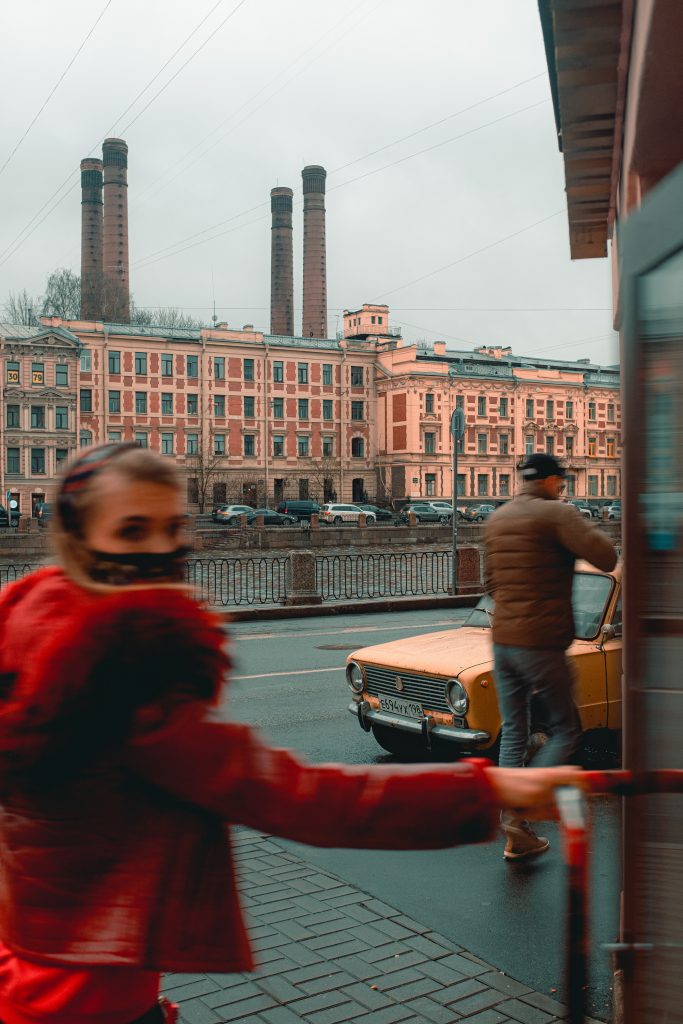
Around the Red | Viktor Balaguar
April 14, 2022Around the Red | Viktor Balaguar
Balaguer’s series Around the Red (which includes the image shared here) is perhaps my favourite of his series (a hard decision, though, as Teriberka or Street Photography for Xiaomi are enchanting, too).
Often, his images of St. Petersburg and Moscow suggest a perpetual winter in Russia, but these are less so of that style. The vibrant reds – which never seem forced and hold your eye without overly dominating the scene – run through these works, which are captured moments of places and people. The title implicates historical factors, of course, as Russia and the world are still negotiating the rise and fall of the USSR, in contemporary Russia and beyond those borders (sometimes acknowledging what happened, sometimes not, as we dance ‘around the red’). There is no point when ‘then’ stops and ‘now’ begins in sites of contested narratives (like St. Petersburg or Moscow, Eastern Europe or even in a larger world history), and Balaguer’s Around the Red sometimes hints – and sometimes hammers – at that, visually.
I should add that I began writing this post prior to the most recent acts of war by Russia, but that simply adds more weight to the geo – political insinuations of Balaguer’s scenes….perhaps, as Aleksandr Solzhenitsyn warned us in his The Gulag Archipelago if you “dwell on the past…you’ll lose an eye. Forget the past and you’ll lose both eyes.” To be honest, I had mixed feelings about sharing this work, considering the current political climate, but will temper that with the recommendation of Timothy Snyder’s book Bloodlands: Europe Between Hitler and Stalin, from 2010…..
From here : French photographer, architect and interior designer Viktor Balaguer fell in love at first sight with the ‘Venice of the North’ where he has settled with his family. “Saint Petersburg is a romantic city where you can go from a narrow street to wide avenues, where you follow the sublime and immense Neva River that is completely frozen for part of the year,” he said, calling it “A city of strong contrasts, with a succession of magical palaces and imperial facades whose entrance gates you must cross and visit the dark backyards of the Soviet era. A city deeply melancholic by nature, immersed in a relaxing rhythm of life and permanently open to contemplation.”
In selecting this image, I had a difficult time, as any of the vignettes in Around the Red by Balaguer are worthy of consideration: you can see more of them here, and many of his other fine images at both his IG: @viktor_balaguer and his site.
~ Bart Gazzola
Read More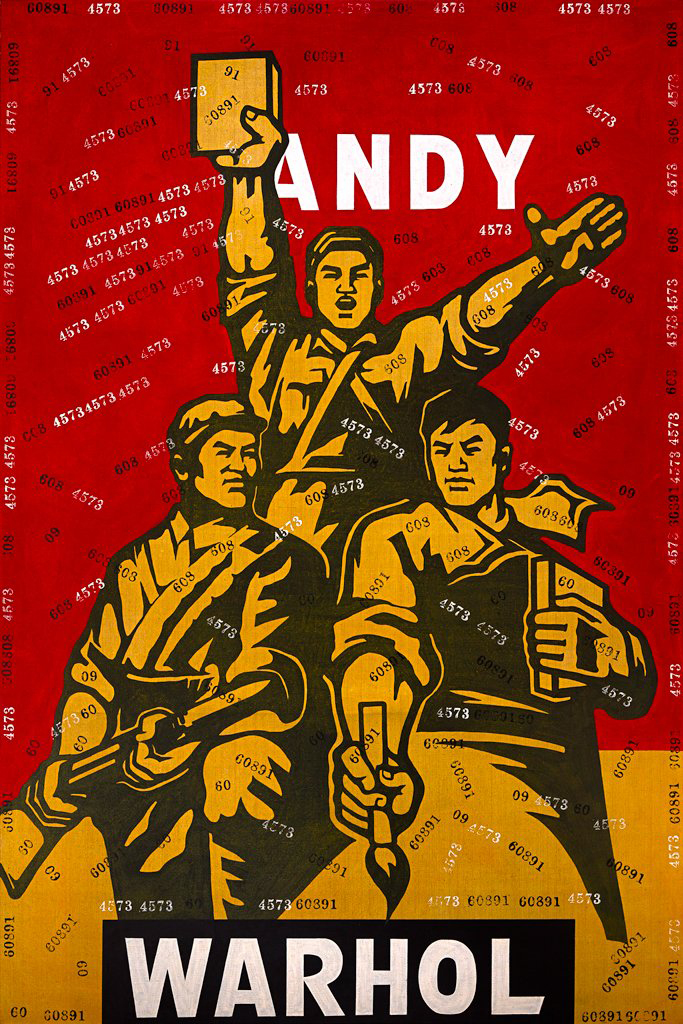
Great Criticism Series: Andy Warhol, 2001 | Wang Guangyi 王广义
April 7, 2022Great Criticism Series: Andy Warhol, 2001 | Wang Guangyi 王广义
A few years ago I re-read George Orwell’s All Art Is Propaganda. Orwell is a hot topic these days, too often cited by those who haven’t read him and barely – or refuse to actually – understand the points he was making. Here in Niagara, a mayor responded to an appropriate censure – and consequences – for his dishonesty and religious gibberish by misquoting Orwell, and his smug ignorance was more akin to what Orwell opposed, and criticized, than what the author supported.
Propaganda is perhaps most dangerous not when we can recognize it, but when it has become ubiquitous – and this is on my mind when encountering the works of Chinese artist Wang Guangyi (王广义), who (in that often sloppy way that art historians and critics try to slap a label on something, dismissing nuance and dissent) has been described as a Chinese Political Pop Artist.
There is much more at play here than that: “I came to realize that the essence of art is its ancestry, its history,” the artist has said. “When creating a work of art, one’s head is full of these historical considerations; an encounter with what has been and its entry into the process of rectification.”
“Great Criticism is Wang Guangyi’s most famous cycle of works. These works use propaganda images of the Cultural Revolution and contemporary logos from Western advertisements. Wang Guangyi began this cycle in 1990 and ended it in 2007 when he became convinced that its international success would compromise the original meaning of the works, namely that political and commercial propaganda are two forms of brainwashing.”
An interesting and subtle allusion to the vagaries of propaganda and control are in the ‘two repeating, randomly selected numbers [that] can be found stamped across the composition. During the Cultural Revolution (1966 – 1976), two licenses were required for the production of any image for public consumption: one to produce the image, and another to distribute it. These numbers then reference the extreme restrictions on creative production during Wang’s formative years.” (from here)
Slavoj Žižek has asserted (or warned, edit as you will) that we can imagine the end of the world more easily than we can imagine the end of capitalism. Another intersecting trope – and why I chose this work, of his many fine pieces in this series, that lumps in the idea that is ‘Warhol’ with other capitalist monoliths like McDonalds, Disney or Pepsi – is the rise of the NFT in the larger art world, where money not only ‘creates’ taste, but invalidates any other dissenting concerns. Or, as Warhol warned us, Art is what you can get away with…just like propaganda.
Wang Guangyi (王广义)’s site is here.
~ Bart Gazzola
Read More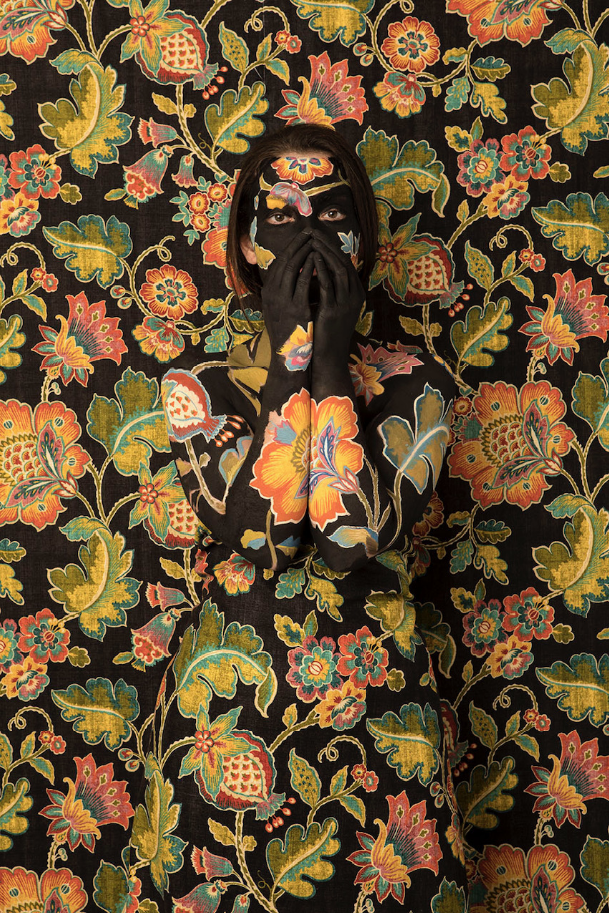
The Whisper | Cecilia Paredes, 2021
March 31, 2022The Whisper | Cecilia Paredes, 2021
“I’ve got out at last,” said I, “in spite of you and Jane. And I’ve pulled off most of the paper, so you can’t put me back!”
Now why should that man have fainted? But he did, and right across my path by the wall, so that I had to creep over him every time!”
(The Yellow Wallpaper, Charlotte Perkins Gilman)
Paredes’ self portraits are unsettling: in this one, she actually makes eye contact with us, making it harder to ignore, yet easier to ‘find’ her, within the composition. Though her work is a performative metaphor for our relationship with the environment, one can’t help but also see a statement about women and the still too frequent dismissal of female artists, in her artworks. The ‘wallpaper’ of The Whisper – in conversation with a friend – brought to mind the story I cited at the beginning of this piece, which was published in 1892, and touches upon many of the themes I’ve mentioned. This story can be read here: but I offer a brief taste of its haunting narrative below.
The narrator devotes many journal entries to describing the wallpaper in the room – its “sickly” color, its “yellow” smell, its bizarre and disturbing pattern like “an interminable string of toadstools, budding and sprouting in endless convolutions,” its missing patches, and the way it leaves yellow smears on the skin and clothing of anyone who touches it. She describes how the longer one stays in the bedroom, the more the wallpaper appears to mutate, especially in the moonlight. With no stimulus other than the wallpaper, the pattern and designs become increasingly intriguing to the narrator. She soon begins to see a figure in the design. Eventually, she comes to believe that a woman is creeping on all fours behind the pattern. Believing she must free the woman in the wallpaper, she begins to strip the remaining paper off the wall.
‘Cecilia Paredes creates self-portraits that play with disguise and metamorphosis. She is known for a series in which she appears to vanish into a graphic backdrop. These “photo performances,” as the artist calls them, often involve her painting herself with bright, intricate patterns before documenting her body against a wall of the same motifs. Influenced by nature, Paredes also transforms herself into animals in realistic, glamorous studio portraits….Paying tribute to the flora and fauna of her native Peru, Paredes creates layered statements of her own identity. Her works also speak to humans’ relationship with nature and our responsibility to threatened environments.’ (from here)
More of her work can be seen at her Instagram @ceciliaparedesarte and a longer article about this series can be enjoyed here.
~ Bart Gazzola
Read More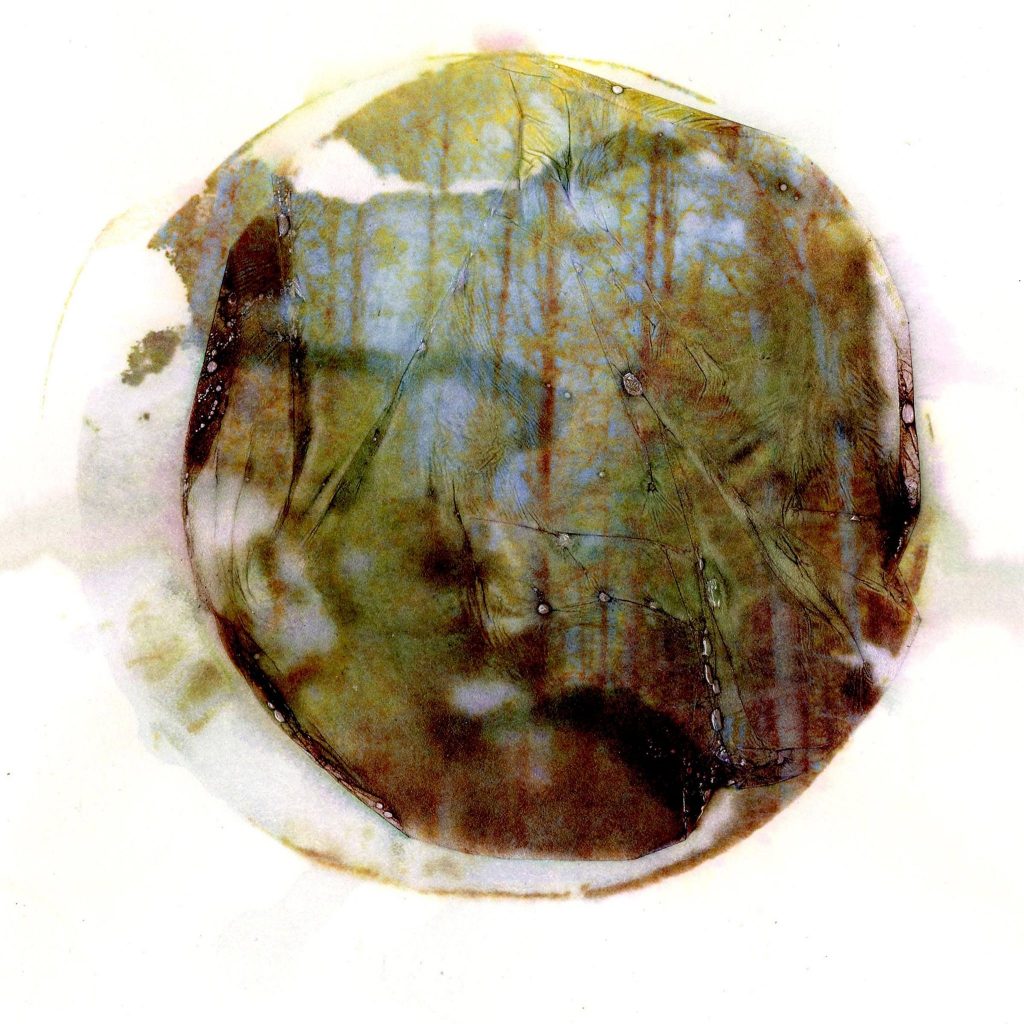
Cree Tylee – Femme Folks Fest Repost
March 17, 2022Cree Tylee ``...now I am rampant with memory....`` The COVERT Collective is pleased to be participating in Femme Folks Fest 2022. Today... Read More

Laura Jones – A Life in Photography – Femme Folks Fest Special
March 16, 2022Laura Jones A Life in Photography ~ Laura Jones The COVERT Collective is pleased to be participating in Femme Folks Fest 2022.... Read More

Amber Lee WIlliams – Femme Folks Fest Repost
March 16, 2022The work of Amber Lee Williams, an artist from the Niagara Region of Southern Ontario, almost always concerns itself with motherhood and children, exploring the concepts of life within, the constancy of change, attachment and removal, and notions of femininity.
Femina Bulla Est (Woman is a Bubble), is a sequence of macro photographs of pink bubblegum. Amber deftly takes the binary state of man’s being, as depicted by the soap bubble in Dutch Renaissance Vanitas paintings (homo bulla est) and turns it on its ear… where man is either strong or broken, women have a strength and flexibility that allows them to persevere.
“I thought I would begin by simply blowing soap bubbles, photographing them, and seeing what happened. I asked (my daughter) if she wanted to help me blow bubbles and she thought I meant bubblegum bubbles. As soon as she mentioned the bubblegum it was a total lightbulb moment, and I have to give her credit for the idea.”
Femina Bulla Est #9 is incredibly organic, suggesting a beating heart, or the crepe-like tissue of placenta. Partially inflated, one gathers that there is life within, flush with blood and good health. One could also perceive the darker top section as a scab, protecting the soft tissue below as it heals from a trauma.
“The original bubble in Vanitas paintings suddenly pops and life ends, but in my version the bubble inflates and deflates again and again. The bubble is both fragile and resilient. Beyond the more obvious, and my personal connections to motherhood (carrying a child within my body, that body stretching…), I also think of the inflated and deflated, not just as physical states but also states of mind and related to mental health.”
You can seem more of Amber’s work at https://amberleeart.com, and on Instagram @amberlee.art. ~ Mark Walton
Read More
Gabrielle de Montmollin | Weird Baby World – Femme Folks Fest Repost
March 14, 2022Gabrielle de Montmollin’s installation Weird Baby World is both engaging and eerie, employing iconography that is evocative and somewhat unsettling. Bart Gazzola offers a response to this street level exhibition, on display at Niagara Artists Centre (NAC) in St. Catharines.
Read More
Recent Comments